“Ci saremmo potuti approcciare al racconto di VAIA da 100 altri punti di vista.” Le parole di Nicola e dei ragazzi di Amartia Film in occasione della presentazione del video “Il lato positivo” ci lusingano. Per noi, sono un riconoscimento importante della ricchezza di valori che permea il progetto. Vi abbiamo già parlato del design, del legame con il territorio, della musica e dell’arte, e naturalmente della sostenibilità ambientale. Un altro vettore attraverso cui il messaggio di VAIA si sta propagando è il mondo dell’educazione, che sta risentendo fortemente delle ripercussioni della pandemia. C’è necessità di portare continuamente all’attenzione questo fenomeno bistrattato: ad oggi in Europa solo Repubblica Ceca, Lituania e Slovacchia hanno chiuso scuole e università per un numero di settimane maggiore al nostro (elaborazione dati UNESCO).
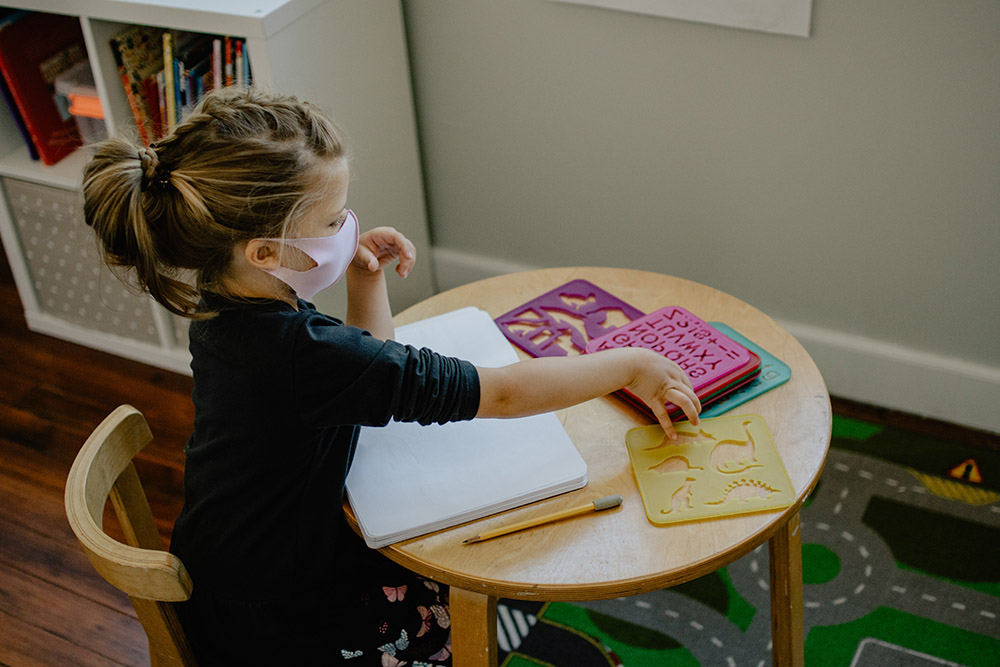
“We could have approached the story of VAIA from 100 other viewpoints”. The words of Nicola and his colleagues of Amartia Film, who have curated and presented with us the new video “The bright side”, are flattering. To us, they are an important recognition of the wealth of values that permeate the project. We have already talked about design, about the connection with the territory, music and art, and of course we have covered environmental sustainability. Another vector through which VAIA’s message is being propagated is the world of education, which has been strongly affected by the repercussions of the pandemic.
VAIA has made inroads not only into universities, but also into secondary and even primary schools. A tangible demonstration of the transversal nature of a message of rebirth and sustainability, which is of interest to both adults and children. In the next paragraphs we will review the most significant stages of our ongoing relationship with schools. Investing in the new generations is the basis of the social regeneration process to which we try to contribute through our work.
Let’s (virtually) go back to school desks
Our three founders returned to their respective universities in an unexpectedly short time. Giuseppe visited Bocconi University and the University of Milan, while Federico was a guest at the University of Ferrara, where Paolo also spent his last years of study.
This time, they came to the classroom full of their experience as young entrepreneurs, and not only to tell the story of the startup, but also to discuss the hottest topics of doing business. Giuseppe was asked how sustainability and innovation will influence the professions of the future. Federico retraced the importance of his own entrepreneurship education and international exposure to abroad studies.
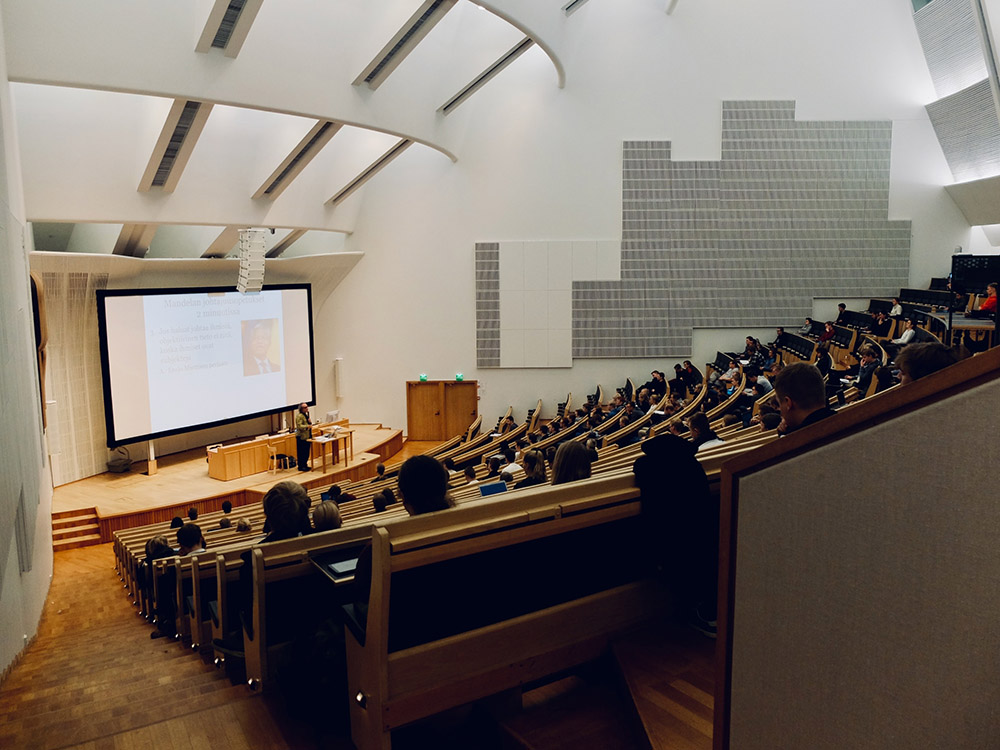
Perhaps the most instructive (certainly the most industrious) part of the meetings is to set the students a series of challenges, giving them the opportunity to experiment with their newly-acquired tools in communication and business development. After having reviewed VAIA’s B2B and B2C strategies, we pass the ball to the young minds, so that they can indulge their imagination on the best ways of transmitting our values, or on the possible products they would like to see next on the shelves, always within a circular business model.
Thinking together about the valorisation of wood
In the last article, we anticipated our participation in the Cosmopolites civic education courses. Civic education has been introduced in Italy in 2019, a subject for primary and secondary schools in which to promote the study of topics such as sustainable development, environmental education, digital citizenship and the Constitution.
Our support for the initiative was twofold, in partnership with the Italian Forestry Association. For Cosmopolites 1000 Perché, dedicated to lower secondary schools, we provided teachers with learning materials on the role of the forest and the methods we use in our replanting operations; for upper secondary school students, on the other hand, we prepared a more structured and proactive course, taking care of the wood challenge within the Cosmopolites Hackathon.

The hackathon is a fascinating design format, whereby concrete solutions are quickly developed in response to a given assignment. It follows the methodology of design thinking, and leads participants through phases of convergence and divergence, under a very intense rhythm. Providing precise deadlines for the execution of each phase – from the identification of the desired target, to the realisation of questionnaires and interviews, the selection of the idea and prototype – is one of the aspects that the students appreciated most, precisely because of the clarity it endowes the process with.
The competition we launched to the seven participating teams was to enhance the value of wood as a strategic resource for the future, with particular regard to urban areas. The evaluation phase of the works is still in progress, and will lead to the winning team being awarded on Europe Day by Antonio Parenti, Head of the European Commission Representation in Italy.
When adults learn from the youth
Although it is too early to talk about the results, the primary objective was achieved: thanks to the joint work with the Italian Forestry Association and the organisers of Cosmopolites, we managed to bring together bright and young people to think about the challenges of tomorrow. A look to the future was a constant feature of the proposed solutions, and was a decisive aspect in their development.
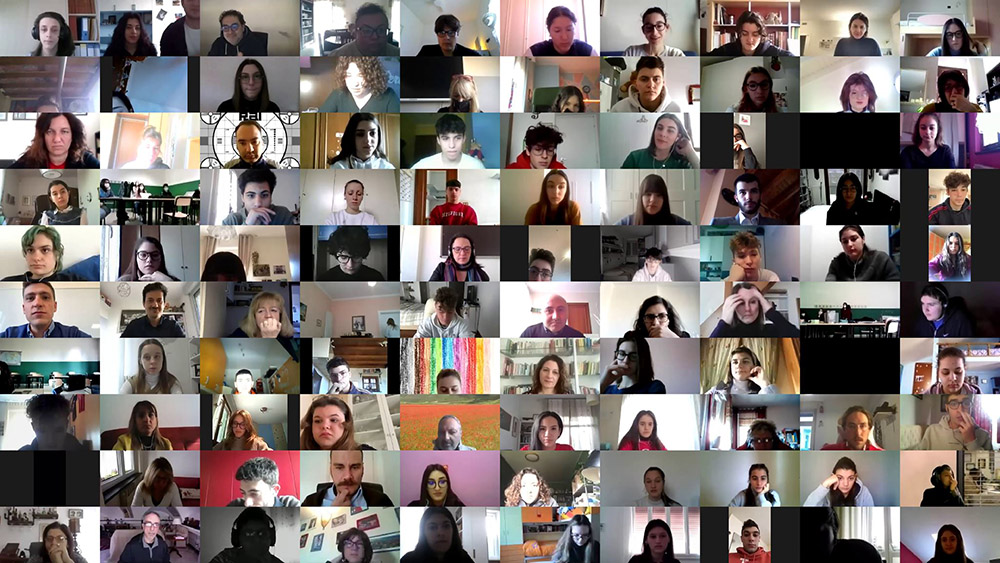
What did this hackathon teach us? First of all, by observing closely the work of the various groups, it emerged a deep desire to confront the difficulties of our time. The most significant insight is that it doesn’t matter how complex these can be – on the contrary, recounting their many facets awakens the maturity of the students, who grow in a relationship of equals.
The wood challenge did not necessarily require a direct use of the raw material: in order not to limit creativity, the initial assignment was deliberately open-ended and gave no indication of the expected output. Nonetheless, all the projects hinged on the direct use of timber, demonstrating that the use of the material has a far greater appeal than a thousand communication or awareness-raising campaigns. This was a confirmation for us, after observing that the post-VAIA renaissance was achieved through the use of felled trees.
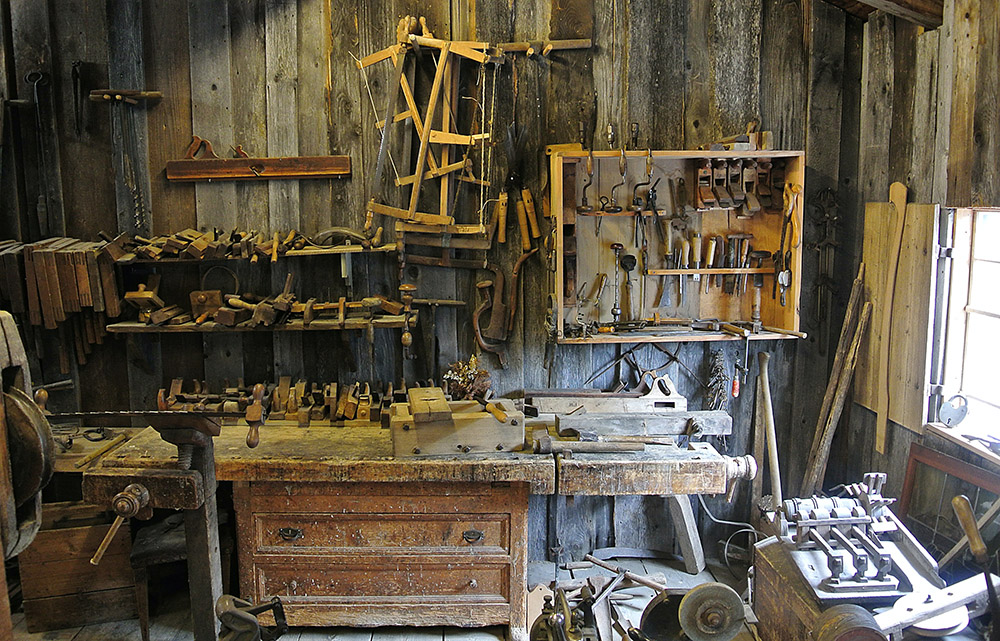
Active learning opportunities such as Cosmopolites give room both to the most proactive students, who may find less space in traditional educational activities, and to the most at-risk students, who with a little help gain confidence in their own abilities and can thus improve along their school career. We hope to be able to support other initiatives of such value soon.
Looking at the Dolomites…from the plain
Perhaps not everyone knows that Marianna, our Event & Ambassador manager, is also involved in environmental education. What better opportunity could there be to share all of her experience than by taking the story of VAIA directly into schools? In one of her latest talks, she was invited by the “Italo Calvino” secondary school in Piacenza, Italy. We interviewed Alberto Rossi, who teaches humanities there, to understand how VAIA fits into its civic education programme.
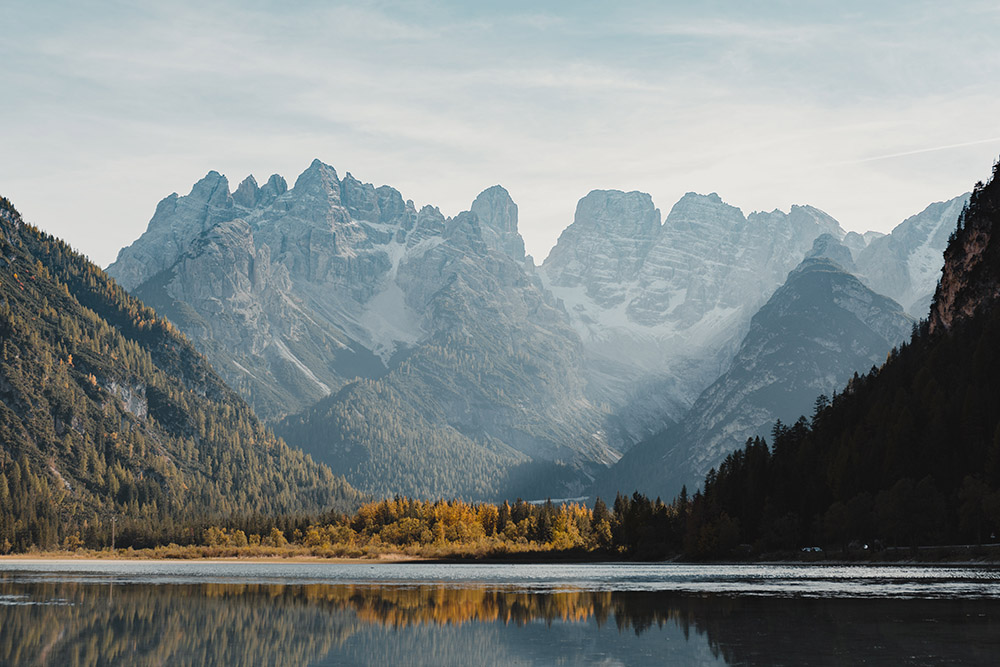
Our project is part of a course that Alberto has dedicated to the geography of the Dolomites, and in particular to their culture. In his pedagogic vision, teaching geography has little to do with the usual approach: a low emphasis on the names of rivers and orographic basins, and full attention to the study of the environment and local traditions. This has the advantage of giving pupils actual glimpses into the business world, to start them thinking early about their future careers. One of the ways in which learning is being put into practice is precisely by exploring the relevance of local supply chains, so that students can reflect on their own professional future and gather useful tools to position themselves in the surrounding environment.
The meeting with VAIA was a way for the students to get to know an artefact that enhances the Dolomite alpine region, recounts Alberto, where the craftsmanship aspect plays a major role. They asked a lot of questions about the wood processing techniques: how do you go from the felled logs to the VAIA Cube? What is the cost of the wood that the startup has to face? Questions that also intersect with the sustainability goals linked to the UN 2030 Sustainable Agenda, which the Ministry has included among the guidelines of the civic education courses.
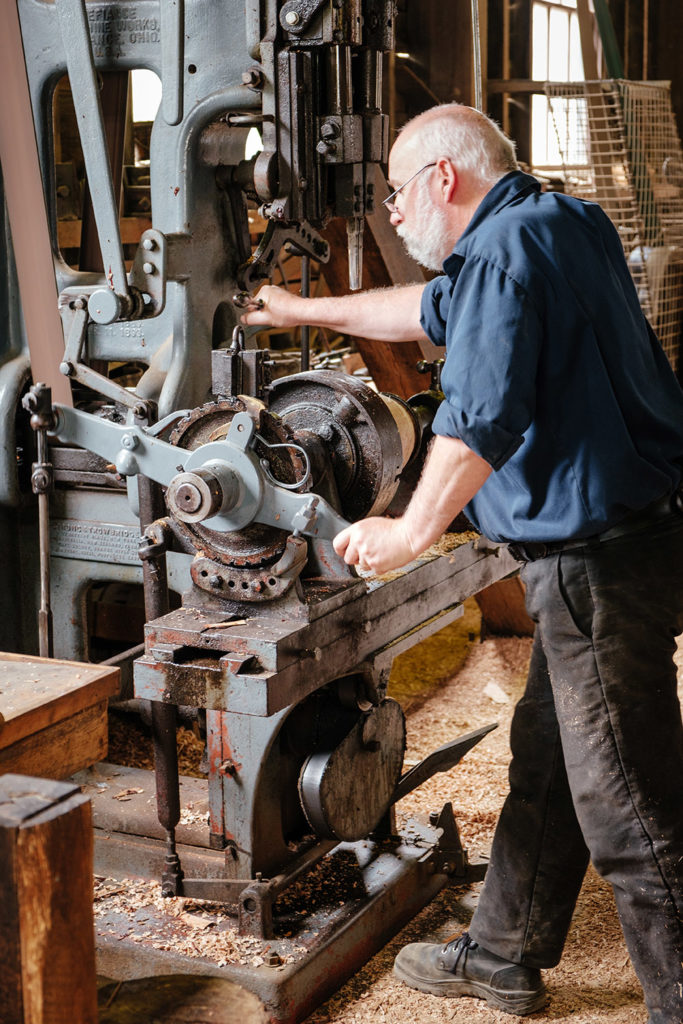
Being in contact with the world of education helps us to nurture the young soul of the startup. Behind every spontaneous question lies the opportunity to open our eyes to new aspects of our work, and to give our everyday life a different meaning. Discussions with universities enlighten us on innovative technical details and inspire us to pursue new strategies. More than anything else, meeting students is an opportunity to convey what it means to work at VAIA, to relive what led us to embrace the project. Our hope is that we have succeeded in conveying a positive message and in providing a perspective on what awaits teenagers in their near future. Above all, we wish them to know that their contribution will be much needed.